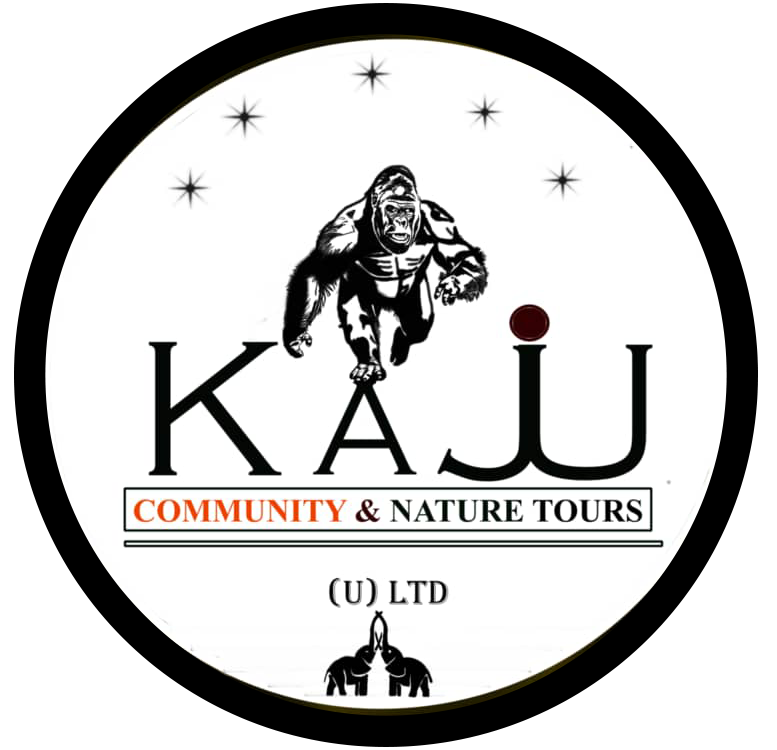Tucked up in the southern part of Uganda, Lake Mburo National Park is proof of the nation’s dedication to environmental protection and conservation. Lake Mburo began as a hunting area in 1933, transitioned to a nature reserve in 1963, and became a national park in 1983. Notwithstanding obstacles along the way, Lake Mburo continues to be a brilliant illustration of Uganda’s commitment to protecting its natural resources.
This park is the closest to Kampala’s capital city; it is 4 hours’ drive from Kampala or 230.5 km via Masaka city. The 260-square-kilometre Lake Mburo National Park is located in southern Ankole and has a wide range of ecosystems and wildife habitats. Its unusual terrain includes wide marshes around the stunning Lake Mburo, undulating hills, and old granitic stones from the pre-Cambrian era. This park’s geographic variety provides tourists with an enthralling look into Uganda’s rich natural heritage.
Wide savannahs, lush wooded areas interspersed with thorny acacias, and vast papyrus marshes along the park’s shores are among the park’s various biological treasures. Elephant absence since 1946 has caused savannah regions to flourish thickly with flora, adding to the park’s amazing ecological richness.
For those who love nature, Lake Mburo National Park provides unmatched chances to see a vast array of animals. Prior to the translocation of a few impalas to Pian-upe and Katonga wildlife reserves in 2018, the park served as the sole refuge for Grant’s zebra in Uganda. Since 2015, the introduction of Nubian giraffes from Murchison Falls National Park has significantly improved the park’s biodiversity, enhancing its appeal as a top wildlife destination in Uganda.
With more than 315 bird species—including rarities like the Livingstone’s Turaco, African finfoot, black-collared barbet, and papyrus gonolek—Lake Mburo is a birdwatcher’s dream. With so many different ecosystems, the park is a sanctuary for birdwatchers looking for once-in-a-lifetime experiences with Uganda’s feathered residents.
Offering a wide range of activities, Lake Mburo National Park aims to fully immerse tourists in its abundant natural environment and fauna. Through well-kept pathways and exclusive experiences, the park offers a variety of adventures:
Discover the park’s many vistas on well-established game drive tracks, including the Warukiri, Zebra, Impala, and Research routes. These paths provide opportunities to see zebras and impalas, among other park animals, against the calm waters of Lake Mburo. The pathways at Kazuma and Ruroko provide craggy landscapes and expansive vistas from which tourists may see the nimble Klipspringers among the grasslands.
A tranquil boat cruise on Lake Mburo allows guests to observe aquatic and semi-aquatic wildlife, including hippos, crocodiles, and a variety of bird species, such as the iconic African fish eagle, the African finfoot, and Papyrus gonorek. This leisurely pursuit in the tranquil lake waters offers another viewpoint on the park’s ecology.
Guided nature walks provide a personal look at the park’s flora and fauna under the guidance of knowledgeable rangers. These informative tours raise environmental consciousness and provide an understanding of the area’s biological importance.
Horseback safaris, offered by Mihingo Lodge, provide a unique perspective from which to see animals. These safaris are appropriate for riders of all ability levels and utilise horses’ inherent camouflage and gentle demeanour to approach the park’s wildlife without frightening them.
Expertly guided night safaris reveal the solitary existence of predators like hyenas and leopards for visitors interested in the park’s nocturnal features. These nights deepen one’s knowledge of the nocturnal ecology and the activities of nocturnal animals.
